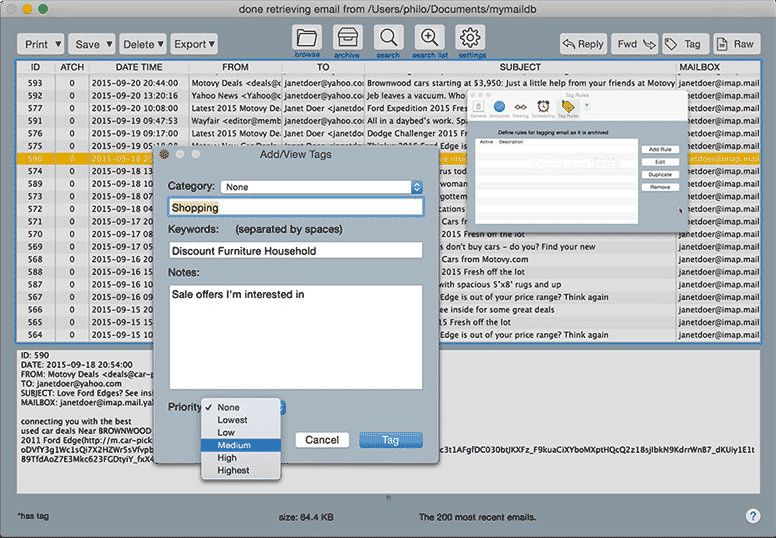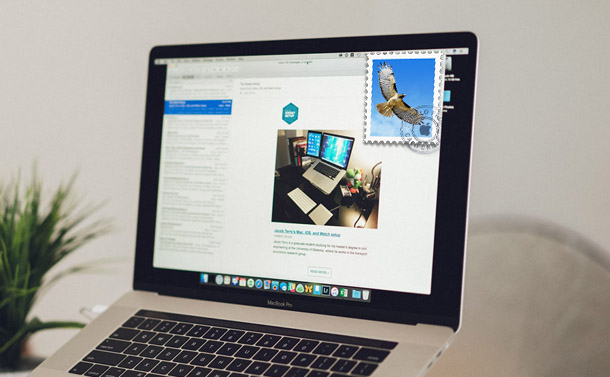
When any of the Settings has been changed, click on the Save Settings button to save the changes. There are several different panels in the Settings window, which are described below. Each database file, if you have more than one, has its own settings. Many of the settings are associated with particular database files. There are also default settings for a number of other options. If you are using the Postbox e-mail application instead of Apple Mail, click on the Postbox button and Save Settings.
#Mailsteward review archive#
If you click on Archive, MailSteward will archive the e-mail in all of the e-mail accounts that you have in the macOS Mail application, into the database file that you have created. When you launch MailSteward for the first time, default settings are in place.
#Mailsteward review full#
Free trial versions of MailSteward have full functionality but are limited to a capacity of 15,000 e-mailsĬlicking on the Settings button brings up the Settings window.
#Mailsteward review mac#

Save all the attachments of selected e-mails as separate files.Save e-mail list, or individual e-mail, or all e-mails to a text file.Print e-mail list, or individual e-mail, or all e-mails in a list.Sort by date, To, From, Subject or unique ID.Select e-mails from archive by date range and keywords in the To, From, Subject, Mailbox, Body fields, and tags.Works with all locally-stored POP, iCloud and IMAP e-mail accounts.Will import most “mbox” format files exported from other e-mail clients such as Microsoft Outlook.


MailSteward will archive the text, attachments, HTML, rich text, and the original raw source of your e-mail. Once they have all been copied into the database, you can delete all or most of the e-mail from your In and Sent boxes, if you wish. If an e-mail is already in the database and you archive it again, MailSteward will skip it rather than add a new entry. You don’t have to worry about duplicates. The database file is a single file, like any other file, and can be named anything and located anywhere, and you can copy it or move it or rename it at any time and doing so won’t affect your e-mail files. Then click on the Archive button and MailSteward will begin copying your e-mail into the database file that you previously created.Īny of the settings can be changed by clicking on the Settings button. Name and locate the file wherever you wish (the default location is your Documents folder).īy default MailSteward will automatically select all of your Apple macOS Mail application e-mail accounts to be archived. If you use Postbox instead of Apple Mail, you will need to go to Settings and switch from Apple Mail to Postbox. To get started, create a new database file.


 0 kommentar(er)
0 kommentar(er)
